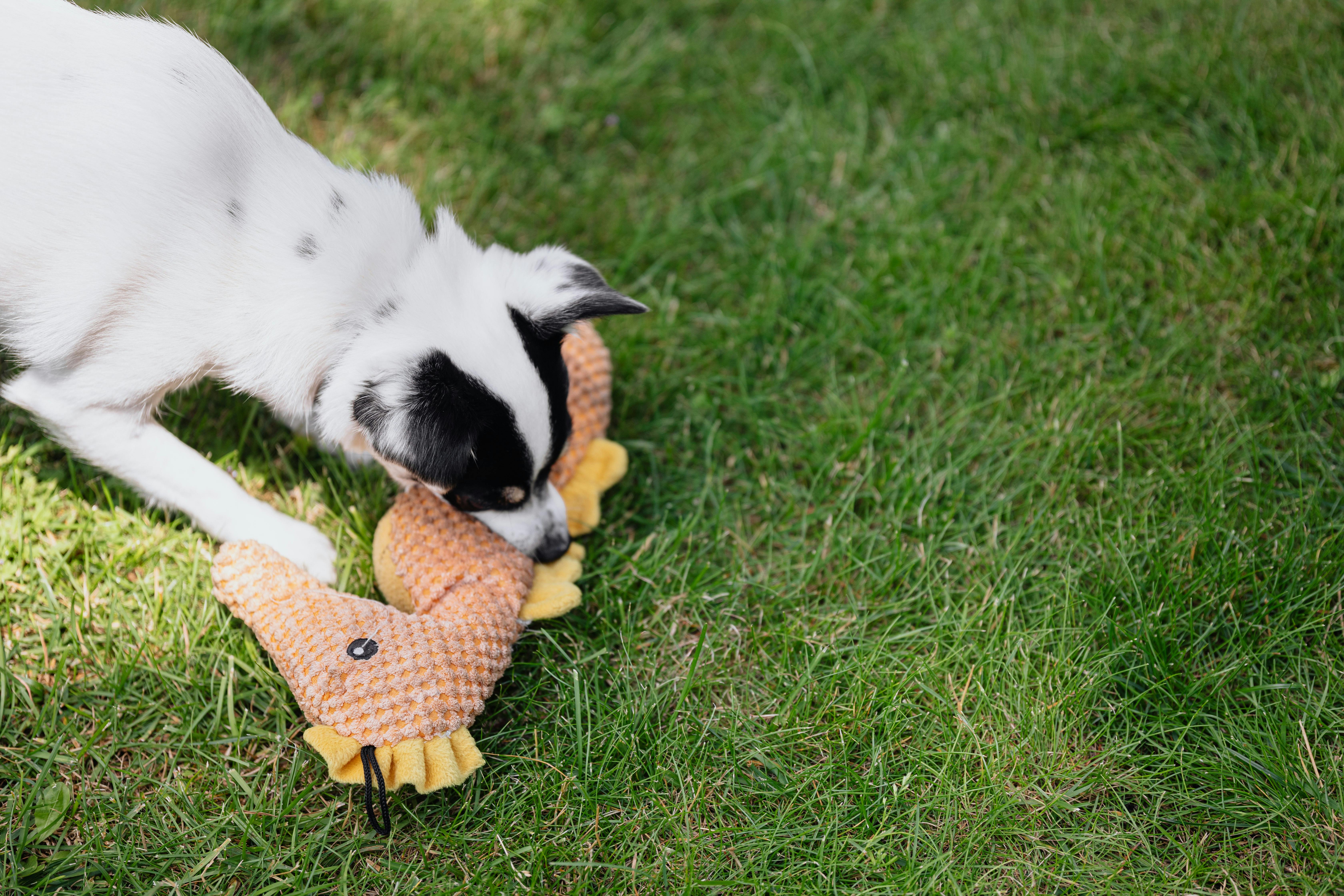
Guinea pig cage: four factors to choose a good cage
What size cage is best for my pigs?
In reality, there is no best size for a guinea pig cage. The simple rule is: the bigger, the better. However, there are minimum cage size guidelines that are recommended by many guinea pig rescue organizations and guinea pig advocacy groups. A quick internet search will reveal the following approximate de facto standards for minimum cage sizes:
- One guinea pig: 6-7 square feet. foot
- Two guinea pigs: 7.5 sq. foot
- Three guinea pigs: 10.5 sq. foot
- Four guinea pigs: 13 sq. foot
Because guinea pigs are social creatures, keeping a minimum of two guinea pigs together is recommended. For this reason, if you want your pigs to enjoy an optimal environment, you should never consider a cage of less than 7.5 m2. foot
In general, commercial cages (I like to refer to them as “pet store cages”) tend to be less than 3 square feet. Commercial cages much larger than these are hard to find and tend to be quite expensive. For this reason, conscientious guinea pig owners tend to gravitate toward a popular class of DIY or kit cages, commonly called C&C or Cubes and Coroplast cages.
Do I have to worry about the floor?
Definitely! Wire or slatted floors are hard on your guinea pigs’ feet. Rough metal grids can catch toes and legs or damage the delicate feet of your guinea pigs. Imagine if you had to spend your entire life walking on metal bars suspended a foot from the ground, in your bare feet. Worse yet, imagine trying to run on that surface.
By the way, the same goes for choosing a multi-tier cage with a ramp. The surface of the ramp must not be covered with metal grating. Bottom line: Avoid crates that have your pet walk on metal bars or grates. For best pig health and safety, your cage should have a smooth plastic or metal bottom.
Does my guinea pig cage have to be completely closed? Do you need a lid?
That depends on your situation. If your guinea pigs share your home with “domestic predators” (especially cats and small children), they definitely need a lid. If your home is free from these types of threats, then a cover is not needed. Most guinea pig cages and pens tend to have at least 14″ walls. Although guinea pigs like to jump for fun (commonly called “popcorning”), they are not known to be great jumpers and they can jump close to 14″ high. Trust me, you’ll never see a guinea pig in the NBA (not only can’t they jump, but they also play terrible defense). In this case, not only is a cap not necessary , but not recommended are housed in a cage without a lid, encourages more interaction with the guinea pigs (no need to open the lid to pet or pick them up) guinea pigs and clean the cage.
How big should the door be?
Many cages are designed with access doors that are too small. Small doors make it difficult to catch and pick up your pets. If you have ever owned a guinea pig, you will surely agree that they are “runners”. When you pick them up, they don’t just sit quietly while you pick them up, they sneak away! And if you’ve ever tried to corner a running guinea pig with one arm through a small hole…
Some innovative cages offer large folding “back doors”. These models are designed so that the entire side of the cage is hinged and opens like the tailgate of a pickup truck. This allows you to reach with both hands to pick up your guinea pig. It also makes cleaning his cage a much easier and more efficient operation. If you have ever tried to shovel 25 lbs. of wet bedding through a small door then turn around and shovel 25 lbs. of clean bedding back through that little hole…
It’s much easier to scrape the bedding into a dumpster, then pour the new bedding right out of the bag. Yes, the door opening size really is a big deal.
Summary
There are other factors, of course. But this article has given you four very important factors to consider when selecting a cage for your guinea pigs:
- Make sure the cage is big enough for your guinea pigs to live a healthy and comfortable life.
- Avoid wire floors. They are extremely harsh on your guinea pigs’ feet and legs and pose a very real threat of injury.
- If possible, consider an open pen or cage. It makes it more convenient to interact with your guinea pigs and also clean and maintain their cage.
- Large doors and openings are important to make your life much easier. Not only will they reduce your level of frustration, but they will also save you a lot of time.